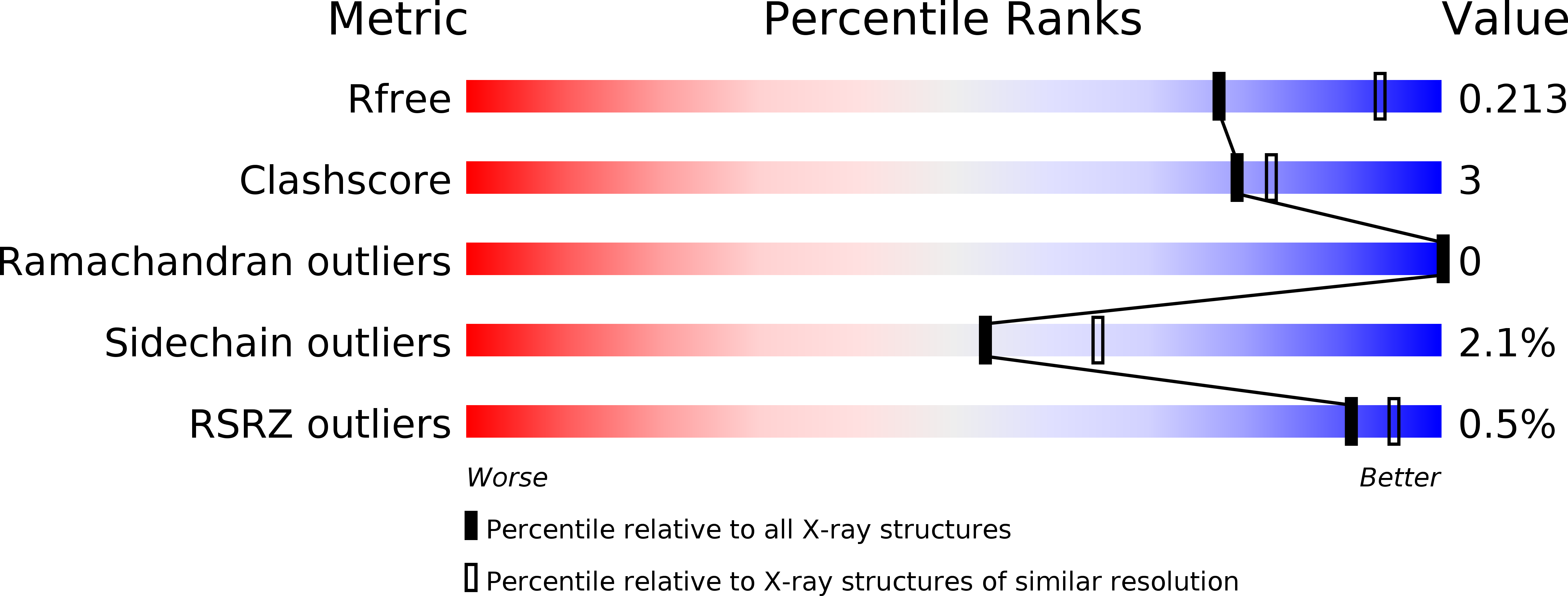
Deposition Date
2011-02-22
Release Date
2011-03-09
Last Version Date
2024-02-21
Entry Detail
PDB ID:
3QT3
Keywords:
Title:
Analysis of a New Family of Widely Distributed Metal-independent alpha-Mannosidases Provides Unique Insight into the Processing of N-linked Glycans, Clostridium perfringens CPE0426 apo-structure
Biological Source:
Source Organism:
Clostridium perfringens (Taxon ID: 1502)
Host Organism:
Method Details:
Experimental Method:
Resolution:
2.35 Å
R-Value Free:
0.21
R-Value Work:
0.16
R-Value Observed:
0.16
Space Group:
P 21 21 21


